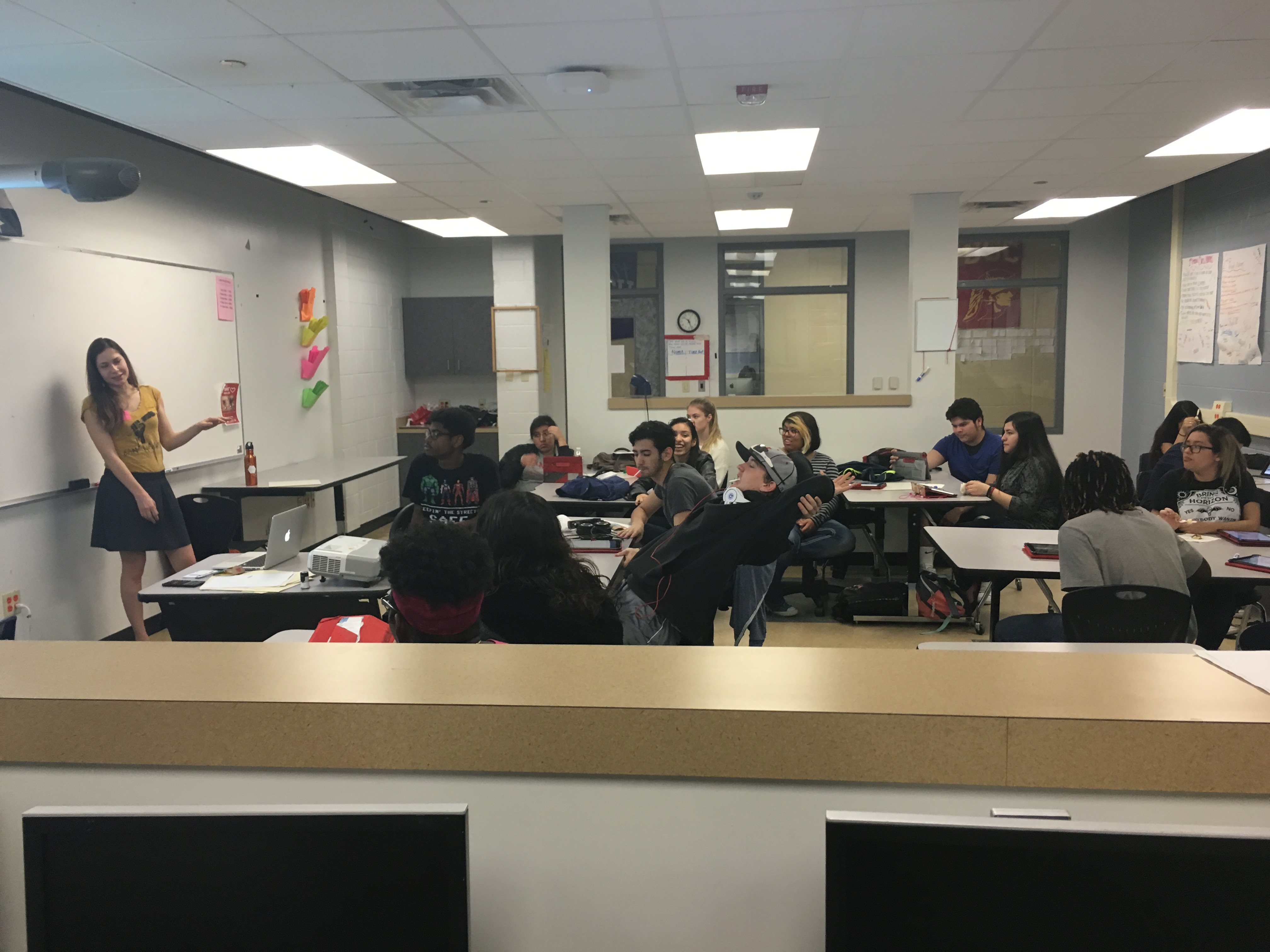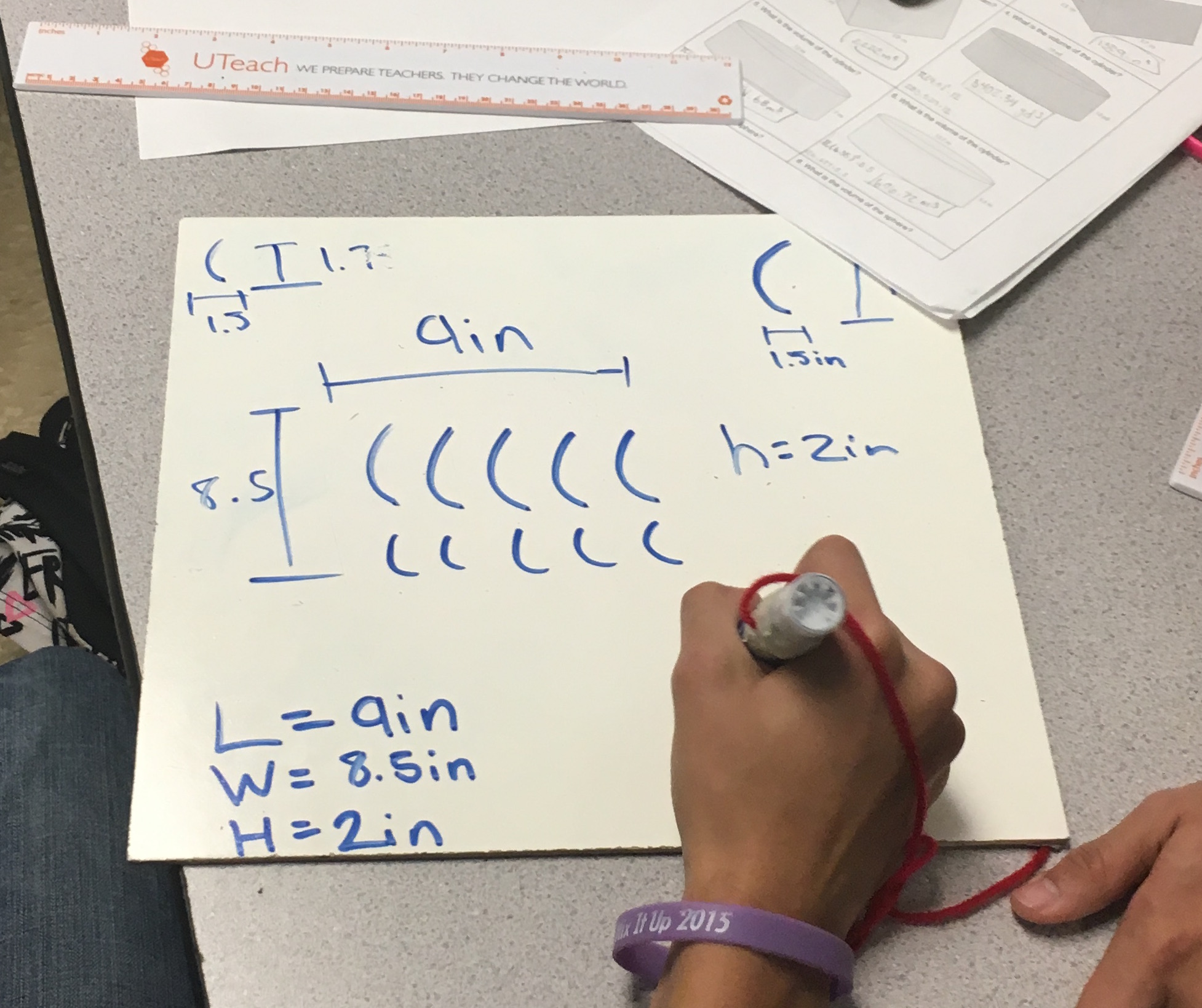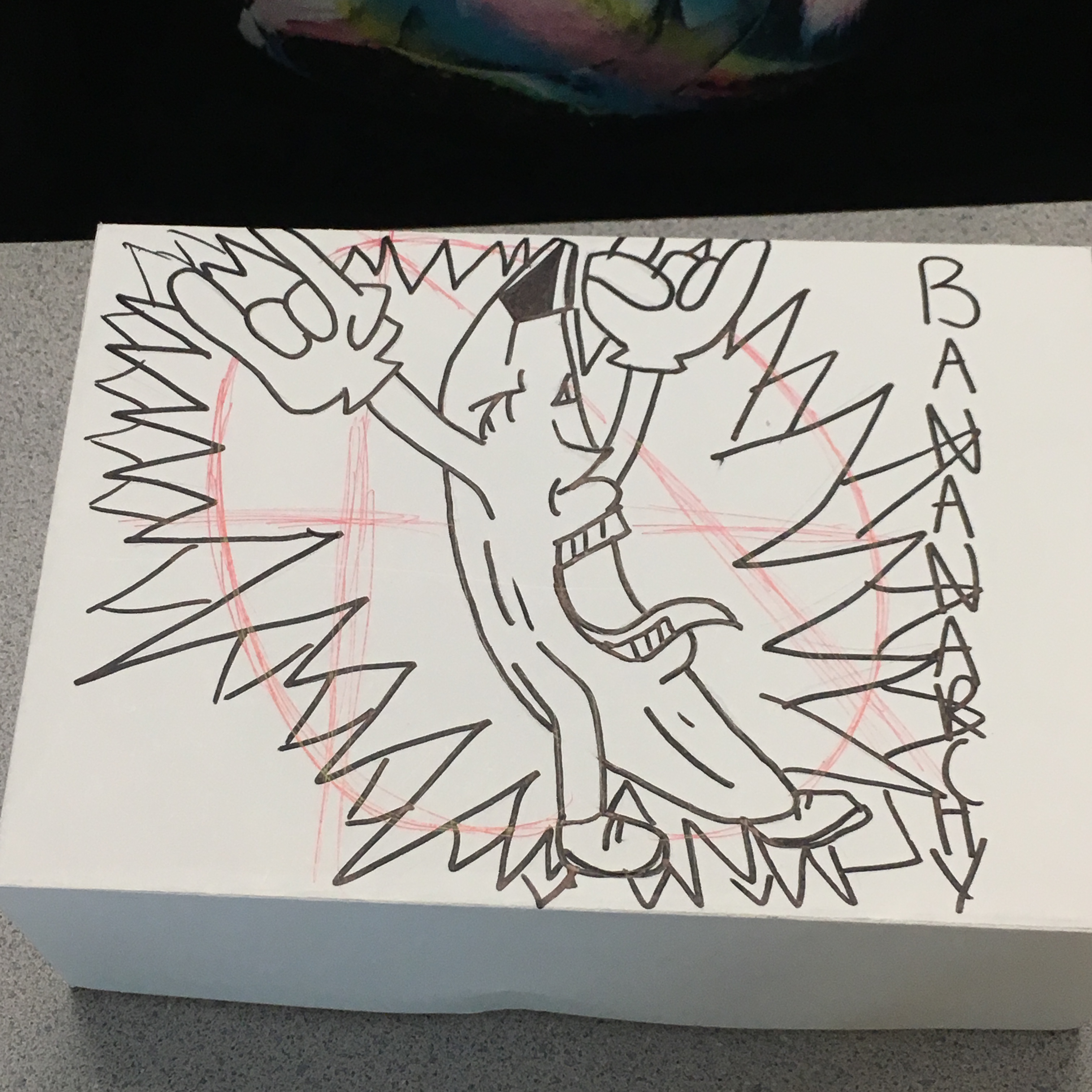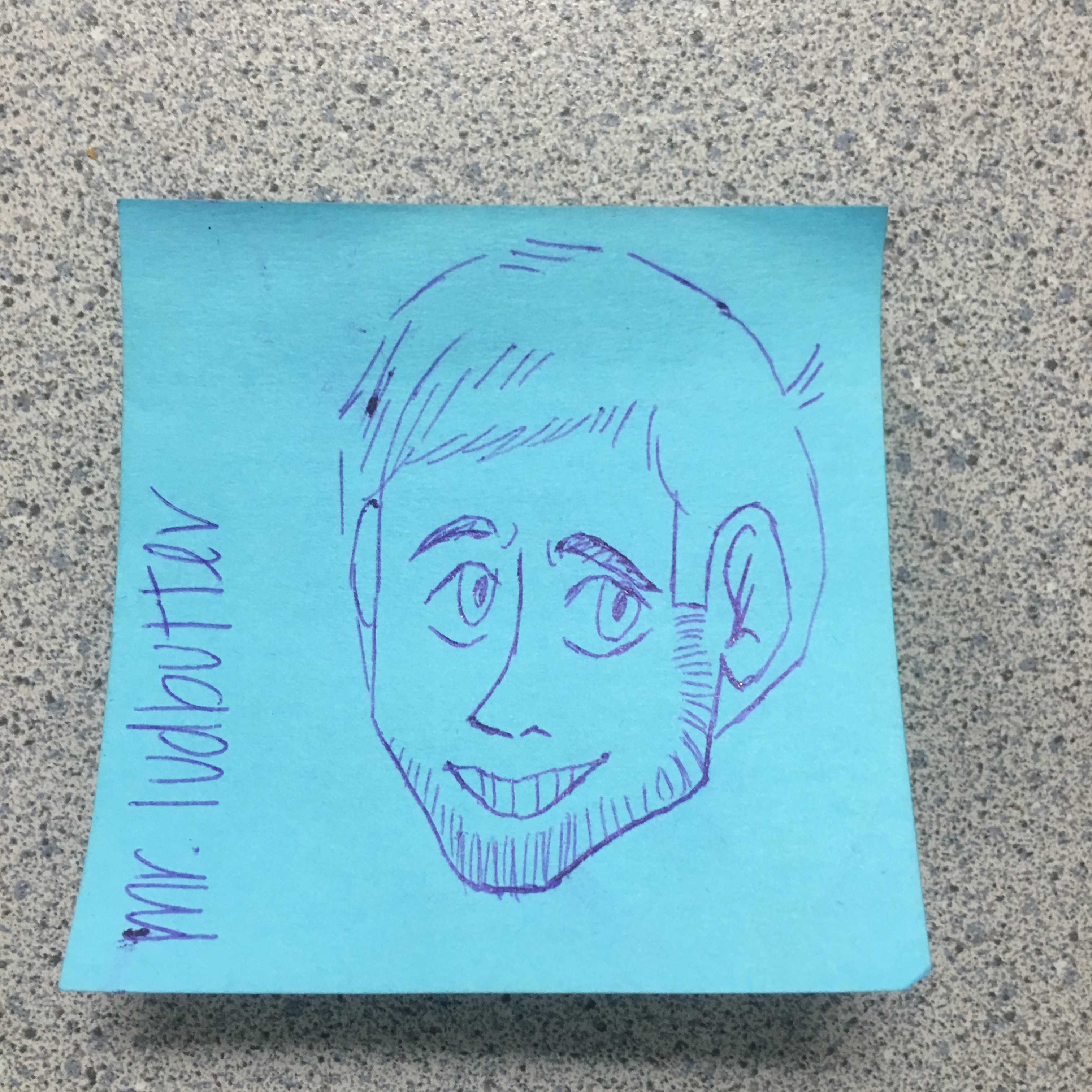Project Bananarchy
Project Bananarchy
Hey! It’s been a hot minute. As it turns out, I’m really terrible at keeping up with blogging every week. I don’t understand why, but it’s always the first thing that can be pushed back. Thanks to my very first spring break as a teacher, I have time to write. Thank you for taking the time to stick with me and read these sporadic posts, I can’t promise that it will be worth the wait!
This post is devoted to the project that my students have been working on these last two weeks. This project is an adaptation of my colleague Mario Antonio Gonzalez’s project that he created while we were in the UTeach program together. The standards addressed are primarily those dealing with the volume and surface area of three dimensional objects. The aspiring mathematicians in my classroom have been designing packaging for the local food truck Bananarchy’s catering department. From what I’ve read, food packaging is a pretty straightforward project that is often done in geometry classrooms, but this was my first experience with it.

A big difference between this project and the other packaging projects that I’ve read about is its authenticity. I know the wonderful and amazing founder of Bananarchy, Laura Anderson, and she volunteered to help launch this project and provide the context for the unit. If you aren’t aware, Bananarchy is a food truck that offers delicious frozen bananas dipped in assorted toppings. They’re amazing and if you’re in the Austin area and haven’t had one yet you should be ashamed of yourself.
I’m pretty new at the PBL all day every day life, but this was by far my best project launch. Ms. Anderson introduced herself and asked the students for help building a box to take samples to different businesses as a way to expand her catering department. After Ms. Anderson had set up the task, she passed out frozen banana samples for each student to experience while they read a launch letter that I had written. The students were hooked. In each period I got several questions along the lines of “Is this real?” as well as a few remarks about child labor. It was fantastic. Once the students had read the launch letter, they got to ask Ms. Anderson a few clarifying questions and then jump right into the knows and need to knows.
The knows and need to knows didn’t go quite as well as the rest of the launch, but I did learn something new. I had students generate ideas individually, then as a small group before sharing out as a class. For the share out, I used Mentimeter, which is a website that facilitates interactive polling. You can set it up a couple of different ways, but I had students submit knows and need to knows and the web application created word clouds based on their responses. It’s an interesting experience that sounds great on paper, and in most of my periods it was. Unfortunately, one period in particular took advantage of the anonymity the application offers and submitted worthless knows and need to knows. One of the students submitted the know of “7” over and over again so that the number seven was all that could be seen in the word cloud. It was just absurd. I doubt I’ll be using Mentimeter again with so many students, but I’ll definitely be trying to work it in with different station activities.
Speaking of stations, I tried to do lots of stations to scaffold the computation parts of the project. The students needed information primarily about two different domains; volume and surface area. In this first iteration of the project, we looked at volume first. In future projects, I think I’ll shift my initial focus to surface area and look at nets of three dimensional shapes first. Volume was taught through the use of stations and a show me video. I really can’t talk about show me videos enough. I LOVE them. They make everything better. It’s easy to see in my challenging period and if you are struggling with classroom management during direct instruction, please please PLEASE give show me (or any other video notes program) a try, it works wonders. As much as the show me videos in this project have been a success, I have really dropped the ball with the different stations that I’ve tried to use. I tried to do too much with not enough direction; one of the big failures was not being clear on what group role was doing what at all times. I set the first task based on the group role and then I said switch according to what station students were currently at. It was a catastrophe, but I think I learned a lot from it. Moving forward, I think I’ll be listing each roles station during every stage of the workshop.
Not everything I did this project was awful. I’ve done a much better job of returning to the need to knows than I’ve done before. While not amazing, I’ve also done a much better job of managing work days. One of the big things I’ve learned about work days is that sometimes you just gotta say “Nah, you slacked off and didn’t get it done. Go do it on your time or fail.” Not the most cheerful thing you’ll hear me say, but it’s important that we use the time in my classroom efficiently.
I love this project. Some parts are subpar, but there is no way I won’t use this project again next year. Once we get back from spring break, students will be rating their group members and providing feedback on the project. I’m looking forward to their ideas on how I can make it better and better. As I’ve told these students many times, they are training me to be the best teacher I can be, and all of the freshmen and sophomores should be thanking them. Thanks again for taking the time to read my blog! Subscribe and stuff. I’ll be writing about my first attempt at teaching a 3ACT math lesson next week.
Mr. Ludbutter



